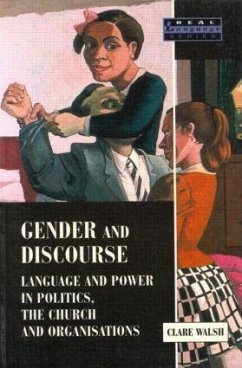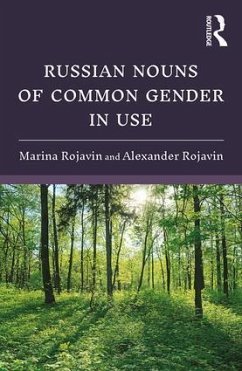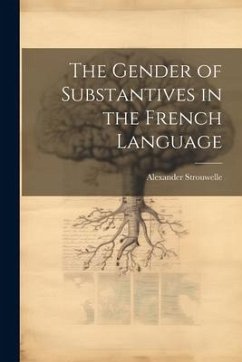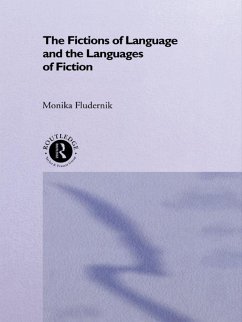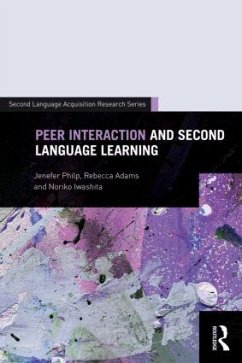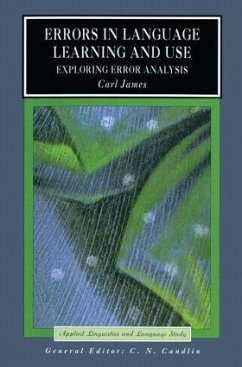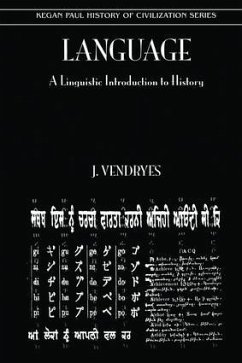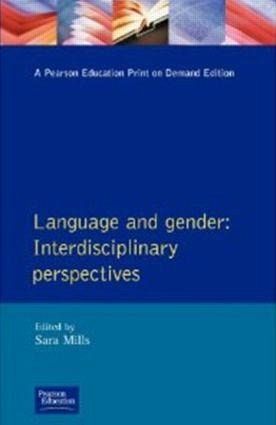
Language and Gender
Interdisciplinary Perspectives
Versandkostenfrei!
Versandfertig in 1-2 Wochen
67,99 €
inkl. MwSt.
Weitere Ausgaben:

PAYBACK Punkte
34 °P sammeln!
This volume examines important themes in the theoretical debates on the relationship of language and gender. It analyses this relationship across a range of different disciplinary perspectives from linguistics, literary theory, cultural studies and visual analysis. The focus of the book goes beyond an analysis of women's language to discuss the complexities of gendered language with chapters on lesbian poetics, the language of girls and boys and the relationship between gender and genre.





